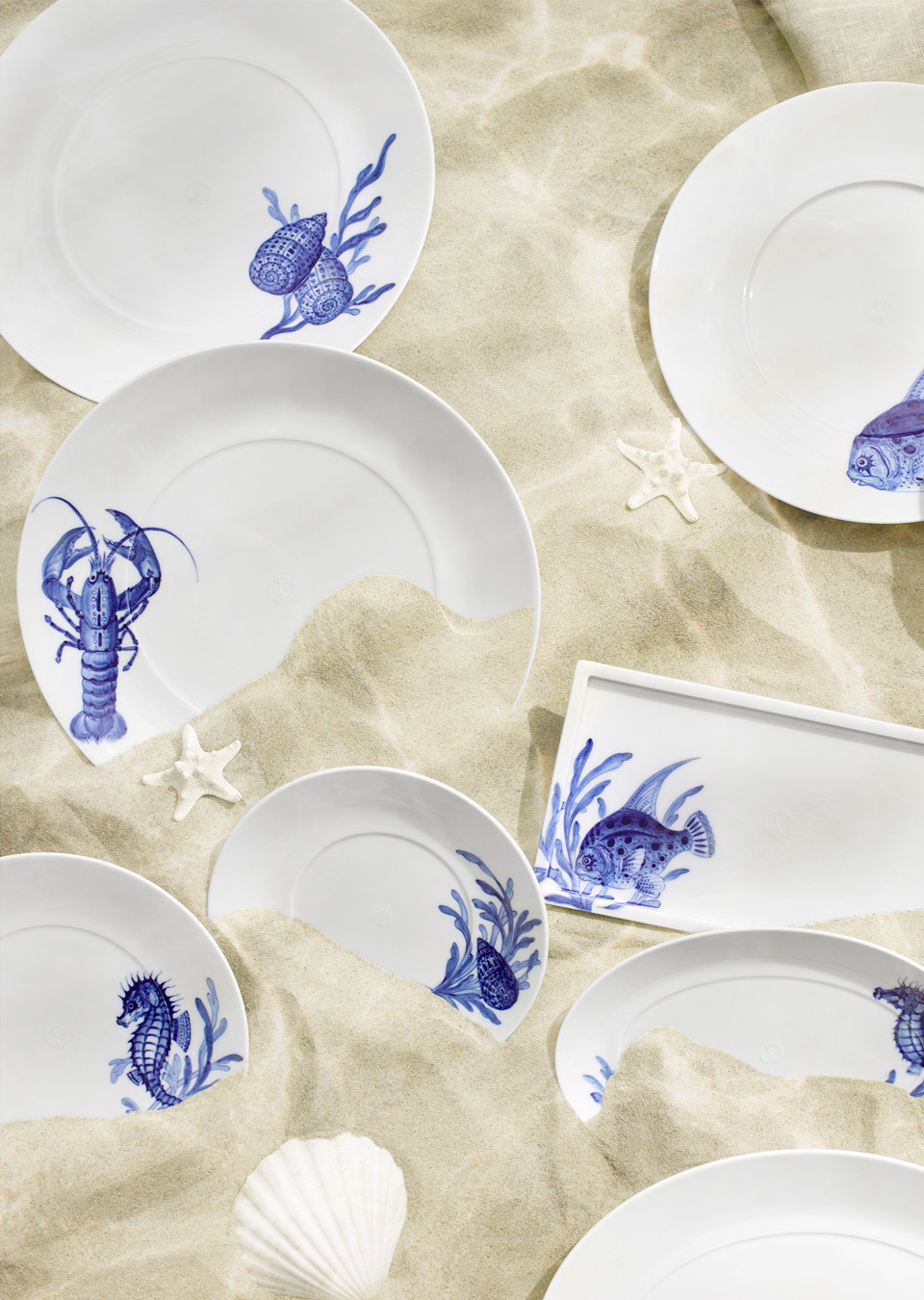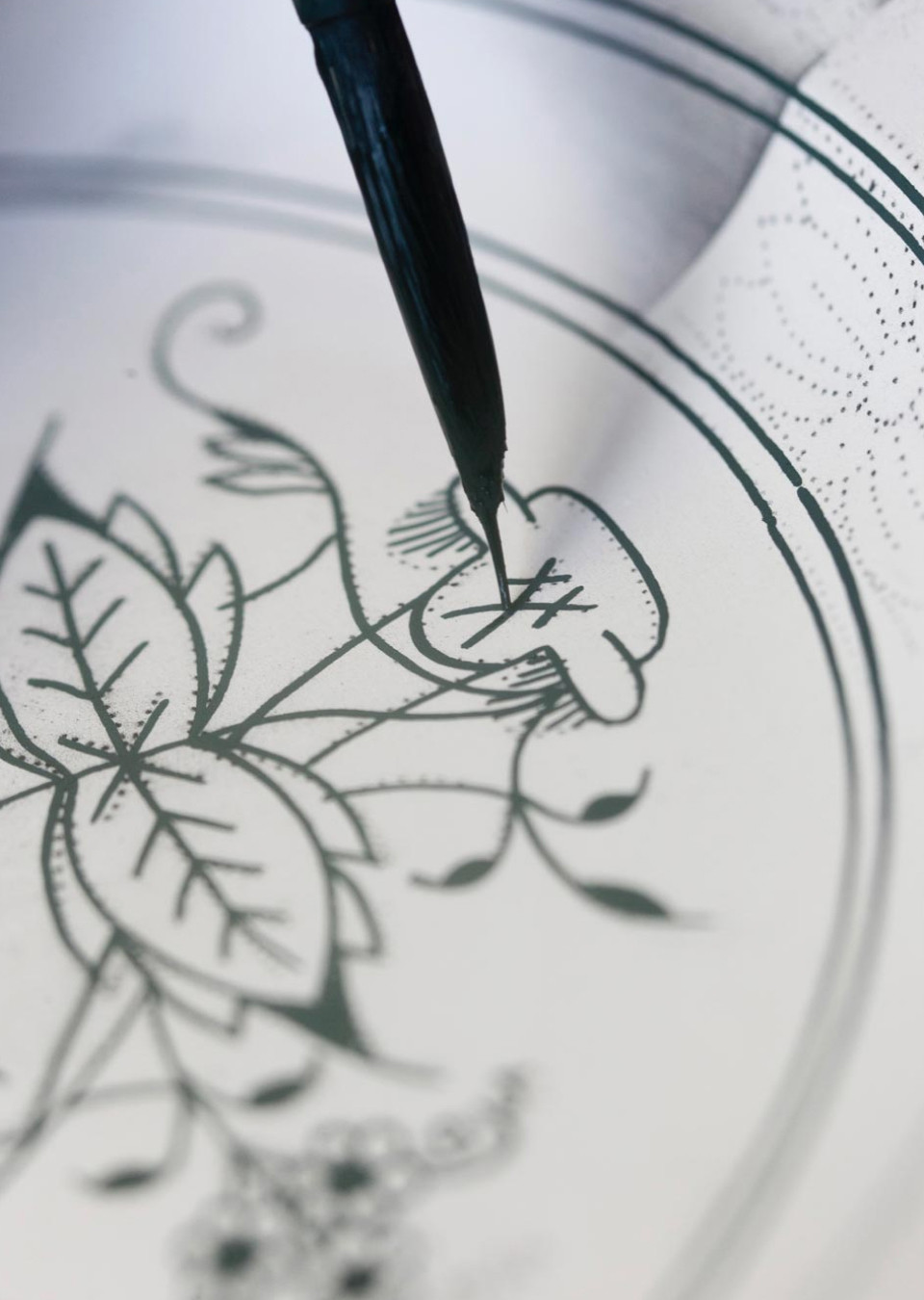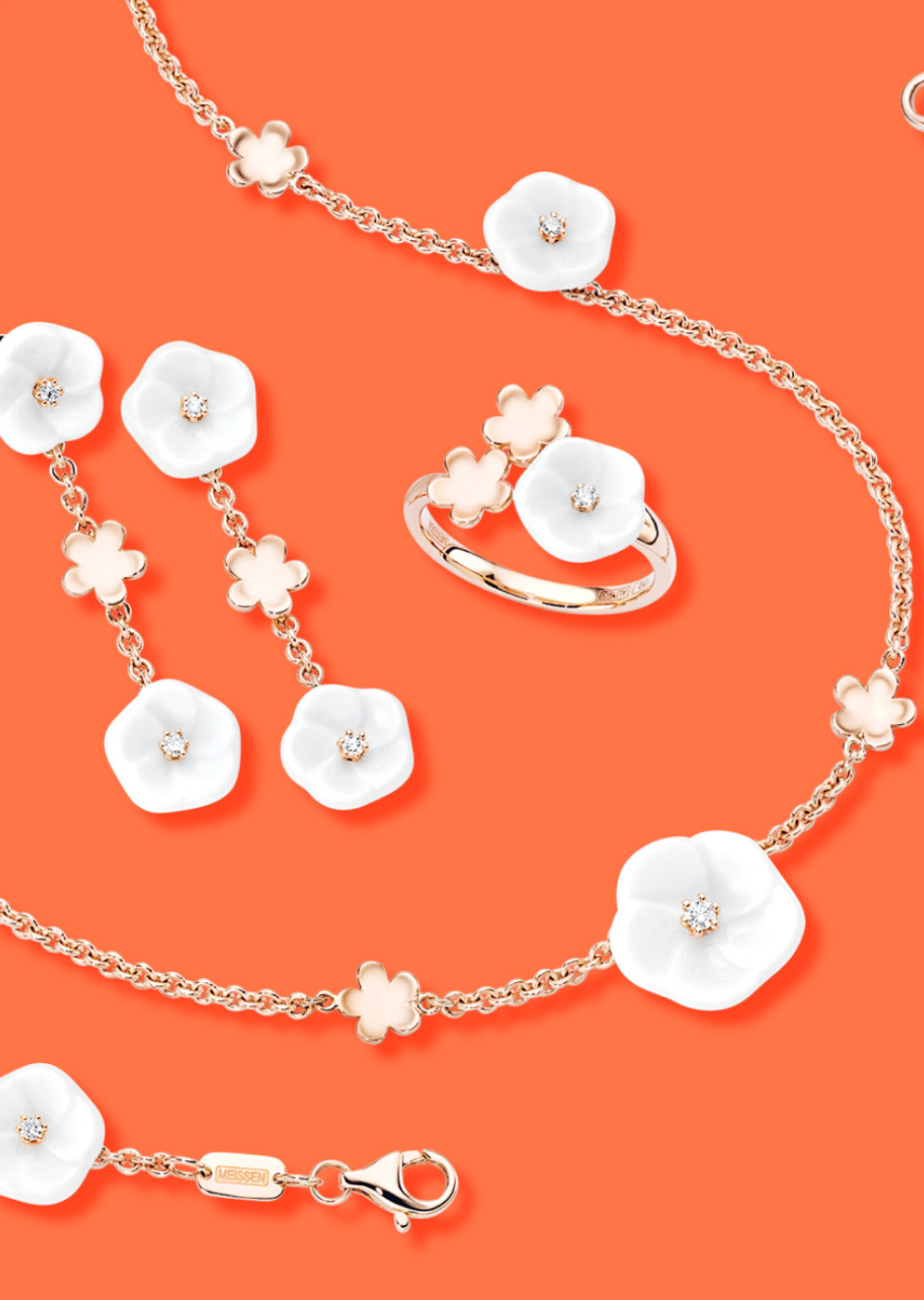Our gift for you: Save up to €50 on your Christmas shopping with the codes: XMAS10/ XMAS30/ XMAS50! There may be delays in delivery between the turn of the year


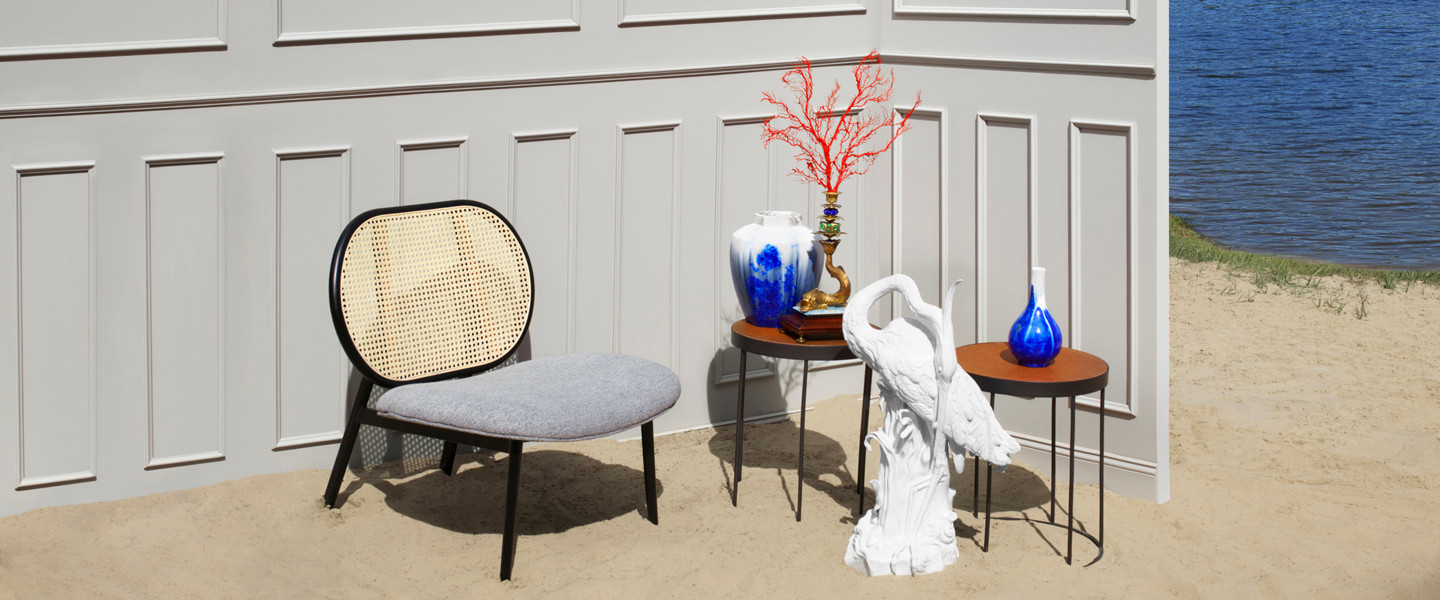
Crystal glaze vases – serendipitous beauty
-
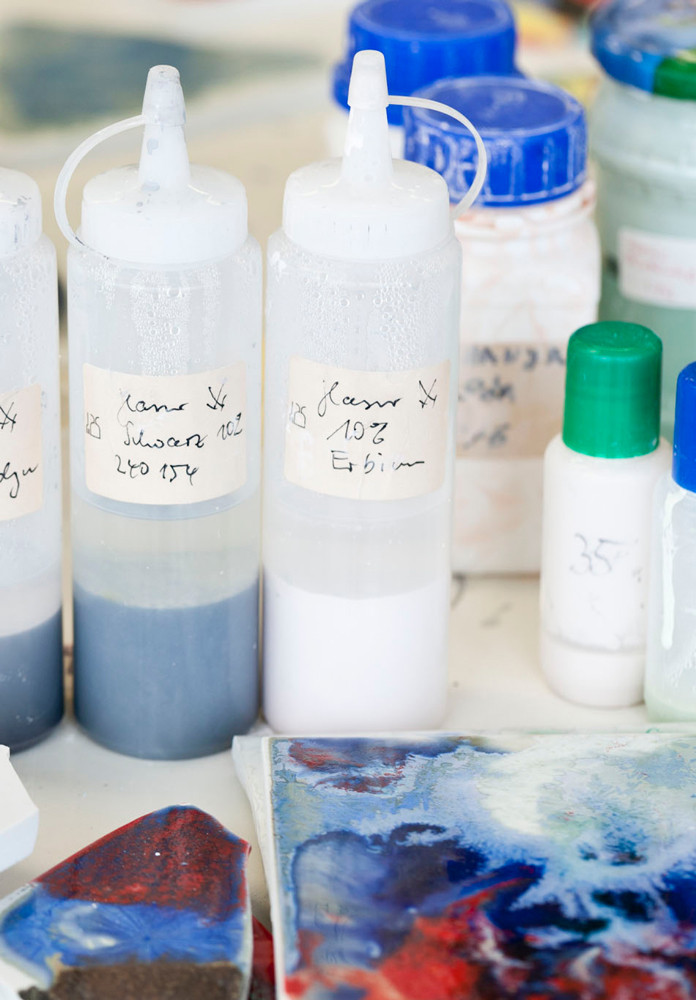 With its collection of crystal glaze vases by the artist Horst Gottschaldt, MEISSEN is paying homage to an exquisite art form whose roots in Japan and Korea stretch back more than a thousand years. These vases embody an aesthetic of imperfection, the allure of which lies in its ability to reflect the light, its evocative nature and its spectral depth. Given the extremely delicate production process, crystal glaze is still considered the most challenging and fascinating display of ceramic mastery to this day, resulting in spectacular large crystals with a sense of three-dimensional depth. In order for these these crystals to form, the glaze needs to contain high levels of zinc-oxide and be combined with a firing process that is tailored to bring forth different colours and nuances. Various mineralogical carbonates bring forth a broad spectrum of crystal colours ranging from dark, Mediterranean blues and greens to pure, radiant white. Because the crystals form organically as the piece cools, the glaze’s final appearance can only be partially determined, making each vase one of a kind.
With its collection of crystal glaze vases by the artist Horst Gottschaldt, MEISSEN is paying homage to an exquisite art form whose roots in Japan and Korea stretch back more than a thousand years. These vases embody an aesthetic of imperfection, the allure of which lies in its ability to reflect the light, its evocative nature and its spectral depth. Given the extremely delicate production process, crystal glaze is still considered the most challenging and fascinating display of ceramic mastery to this day, resulting in spectacular large crystals with a sense of three-dimensional depth. In order for these these crystals to form, the glaze needs to contain high levels of zinc-oxide and be combined with a firing process that is tailored to bring forth different colours and nuances. Various mineralogical carbonates bring forth a broad spectrum of crystal colours ranging from dark, Mediterranean blues and greens to pure, radiant white. Because the crystals form organically as the piece cools, the glaze’s final appearance can only be partially determined, making each vase one of a kind.
"Crystal glazes epitomize an aesthetic of imperfection, whose appeal lies in its ability to reflect the light, its evocative nature and its spectral depth."
-
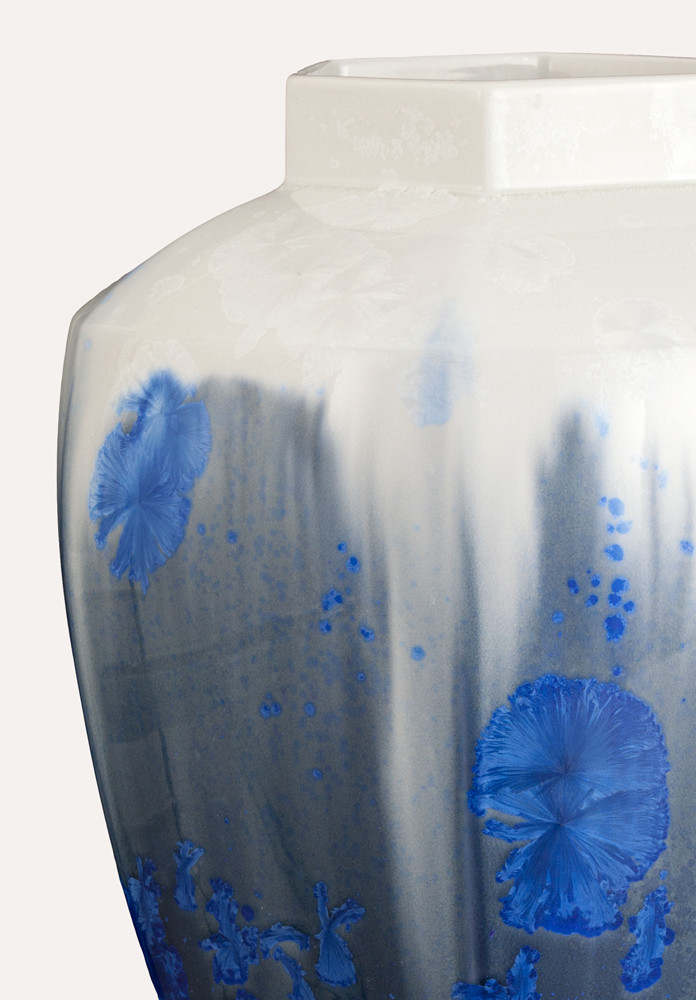 Even though the history of crystal glaze goes back thousands of years, it experienced its first golden age in Europe during the Art Nouveau era after its debut at the 1900 Paris Exposition. In addition to MEISSEN – thanks in large part to its famed porcelain painter Paul Börner – it was primarily the manufactories Sèvres in France and Royal Copenhagen that contributed to the popularity of this style. However, given the complexity and instability of the process, which in turn resulted in high manufacturing costs – pieces were sold for their weight in gold – production was soon discontinued. It was only thanks to technical innovations at the end of the 20th century that the technique once again became popular and, thanks to artists such as Ludwig Zepner in cooperation with Christoph Ciesielski, experienced an artistic renaissance in the 1990s. During this time, these artists created one-of-a-kind pieces such as vases, dishes and decorative panels. Frank Michaelis would later develop his own techniques for applying crystal glaze to porcelain panels.
Even though the history of crystal glaze goes back thousands of years, it experienced its first golden age in Europe during the Art Nouveau era after its debut at the 1900 Paris Exposition. In addition to MEISSEN – thanks in large part to its famed porcelain painter Paul Börner – it was primarily the manufactories Sèvres in France and Royal Copenhagen that contributed to the popularity of this style. However, given the complexity and instability of the process, which in turn resulted in high manufacturing costs – pieces were sold for their weight in gold – production was soon discontinued. It was only thanks to technical innovations at the end of the 20th century that the technique once again became popular and, thanks to artists such as Ludwig Zepner in cooperation with Christoph Ciesielski, experienced an artistic renaissance in the 1990s. During this time, these artists created one-of-a-kind pieces such as vases, dishes and decorative panels. Frank Michaelis would later develop his own techniques for applying crystal glaze to porcelain panels.
Crystal glazed porcelain experienced its first golden age in Europe during the Art Nouveau era after its debut at the 1900 Paris Exposition – at that time, objects were worth their weight in gold.
The revival of crystal glazed porcelain is due in large part to improvements in kiln temperature control as well as greater access to the required minerals. For a long time, the exact chemical processes responsible for crystal formation were still unclear and the quality of raw materials needed to create these pieces was often unreliable. Accordingly, high-quality pieces were rare and extremely valuable.
Their characteristic appearance is the result of high levels of zinc-oxide in the glaze, which allows the crystals to form during the cooling process. Titanium-, iron-, cobalt-, nickel- and copper-oxides can also be added to the glaze in order to produce a range of different colours and, in some cases, to further enhance crystal formation. Given the large number of variables involved, the results of the process remain largely up to chance even today, making each piece truly one of a kind.



